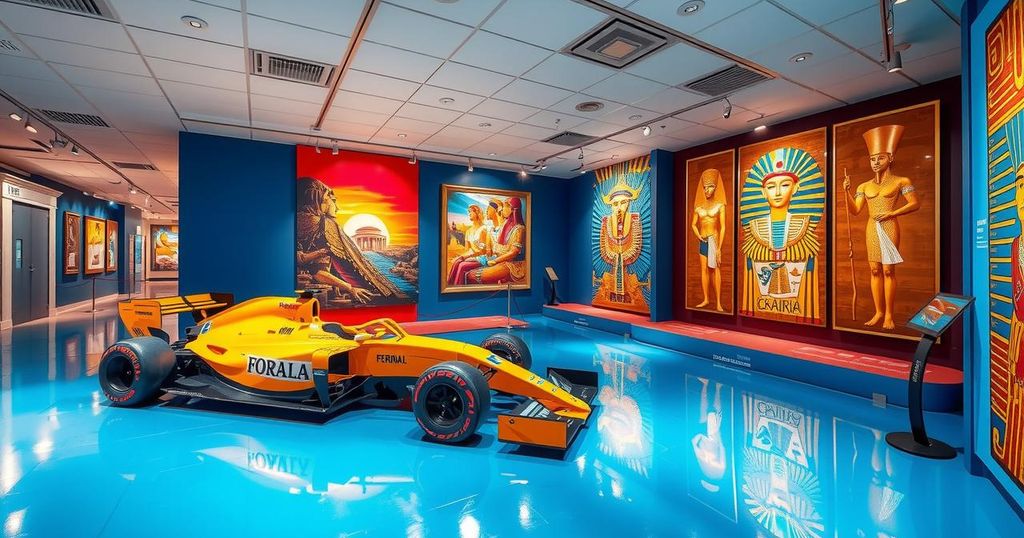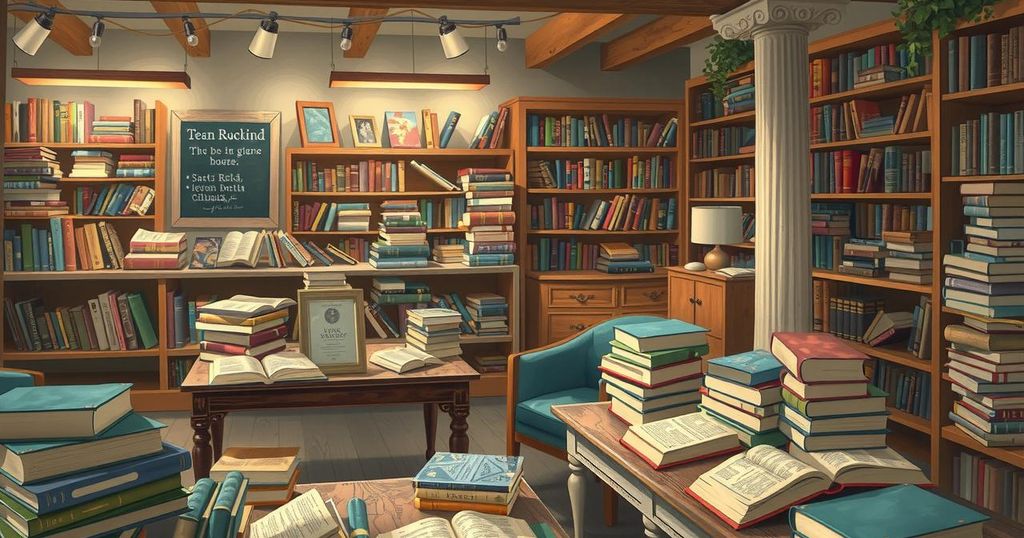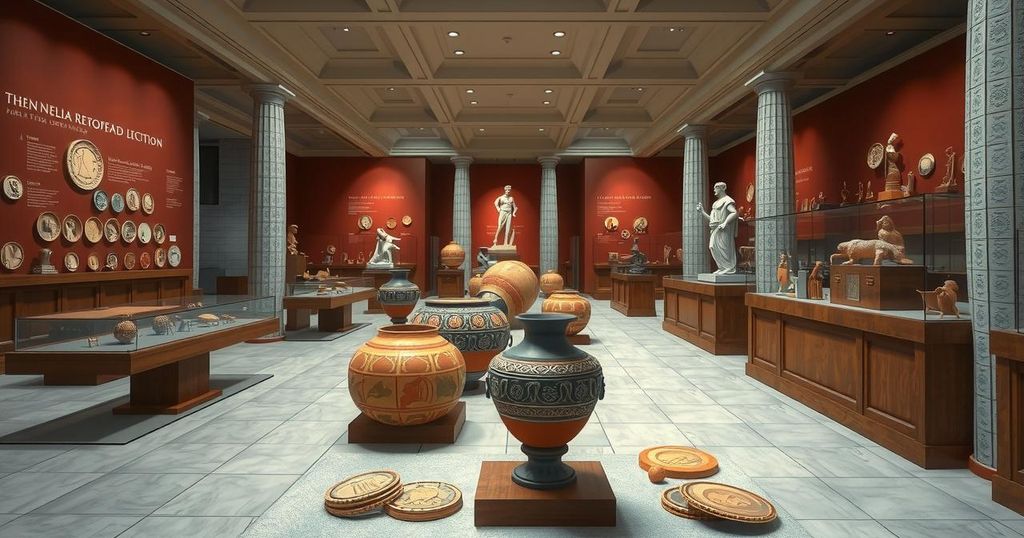The London Museum has received a £20 million donation, allowing it to display the largest Roman archaeology archive in its history. The collection, discovered during Bloomberg’s office construction, includes vital Roman artefacts and writing tablets. Key items will be made public in 2026, in new galleries reflecting original Roman street levels.
The London Museum is set to showcase its largest ever Roman archaeology collection, following a £20 million donation from Bloomberg Philanthropies. This archive, discovered during the construction of Bloomberg’s office, includes exceptional Roman artefacts and is among the best-preserved archaeological findings in London’s history.
The excavation revealed significant items, including Britain’s earliest and most important Roman writing tablets. These tablets capture the voices of Roman Londoners, with the first documented mention of London referring back to the 3rd-century AD temple dedicated to the god Mithras on the excavation site.
While the temple and approximately 600 artefacts are currently displayed at the London Mithraeum, many other collection items will now be integrated into the London Museum’s holdings. The museum aims to provide new insights into early Roman London through this collection, with many artefacts never previously exhibited.
Plans are underway to display selected objects from this collection for the first time in the museum’s new subterranean galleries, which will open in 2026, situated at the original Roman street level. Sharon Ament, the museum’s Director, noted the significance of this donation as a bridge between past and future, emphasising the collaborative effort with Bloomberg to enhance London’s cultural heritage and create new opportunities for residents.
The London Museum’s acquisition of a £20 million donation and a vast Roman archaeology collection marks a significant milestone in preserving and enhancing London’s cultural heritage. In 2026, the museum will unveil previously unseen artefacts, enriching knowledge around early Roman history and ensuring a lasting legacy for future generations.
Original Source: www.ianvisits.co.uk







